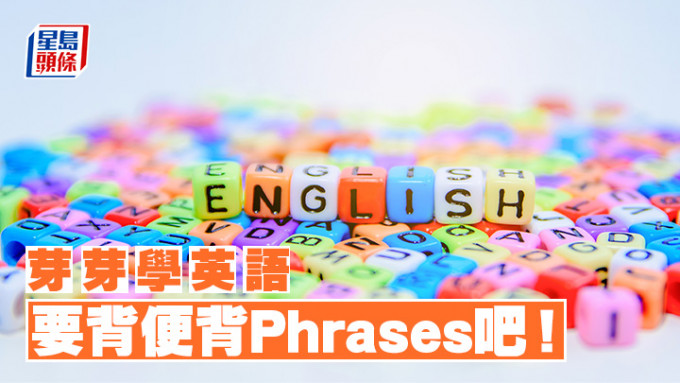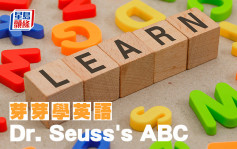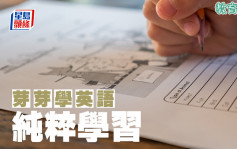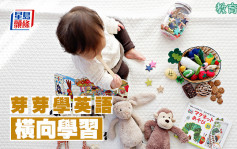陈东红 - 要背便背Phrases吧!|芽芽学英语
2023-12-18 15:57 
记得当女儿天恩小时候在玩角色扮演(role play)时,曾说过「What a shame!」这个「phrase」(片语)。当时流行卡通片《My Little Pony》,我还记得我问天恩谁在说「What a shame」,她告诉我是小马Twilight Sparkle。我问:「那What a shame是甚么意思?」她答:「唔知喎……」
孩子若有一定的「语言输入」,他们很多时候会「自然输出」,他们未必能表达出那个字或句子的「完整」意思,可是他们懂得在甚么时候(when)和怎样(how)用上它们。
对初学英语的人来说,记「phrases」比记词汇(vocabulary)好,因为就算背了大量的生字,我们好有可能会遇到两大难题:这个字何时(when)用?这个字又该放在句子哪个位置(where)?
英语有「collocation」(搭配词),它基本上是字与字之间的组合和配搭,最典型的例子是「make」和「do」;它们同样是「做」的意思,但在用法上可完全不一样,各有各的「拍档」(word partners):do the dishes / do exercise / do your best make breakfast;make money / make a promise。
学习「phrases」其实是一边学字,一边学配搭和排序。看看这两个「phrases」:I hate to say that... / l need to work on... 我们可在「删节号」的位置加上想要表达的东西:I hate to say that, but I can\'t agree with you / l need to work on my English.
英语绘本提供大量的「phrases」,孩子听着故事、看着图画,小脑袋便会很快把文字、图画和意思联系在一起,这也是让幼儿学习英语的窍门。
用《How Do Dinosaurs Say I Love You?》做个例子:You woke in the morning in such a bad mood... then set at the table and fussed with your food. / But then you blew kisses and waved from the door. I love you, I love you, my dinosaur. / Off in the car, you kept kicking my seat... and when we got out, you were dragging your feet.
孩子这样学习英语,才能事半功倍。
陈东红
作者从事英语教育出版20年,任职于多家报社;现为教育顾问编辑、儿童刊物《BINGO!》出版人、专栏作者及到校讲师。
文章刊于《星岛日报》2023年12月18日教育版专栏「亲子同路」。
延伸阅读:
《星岛头条》APP经已推出最新版本,请立即更新,浏览更精彩内容:https://bit.ly/3yLrgYZ











最新回应